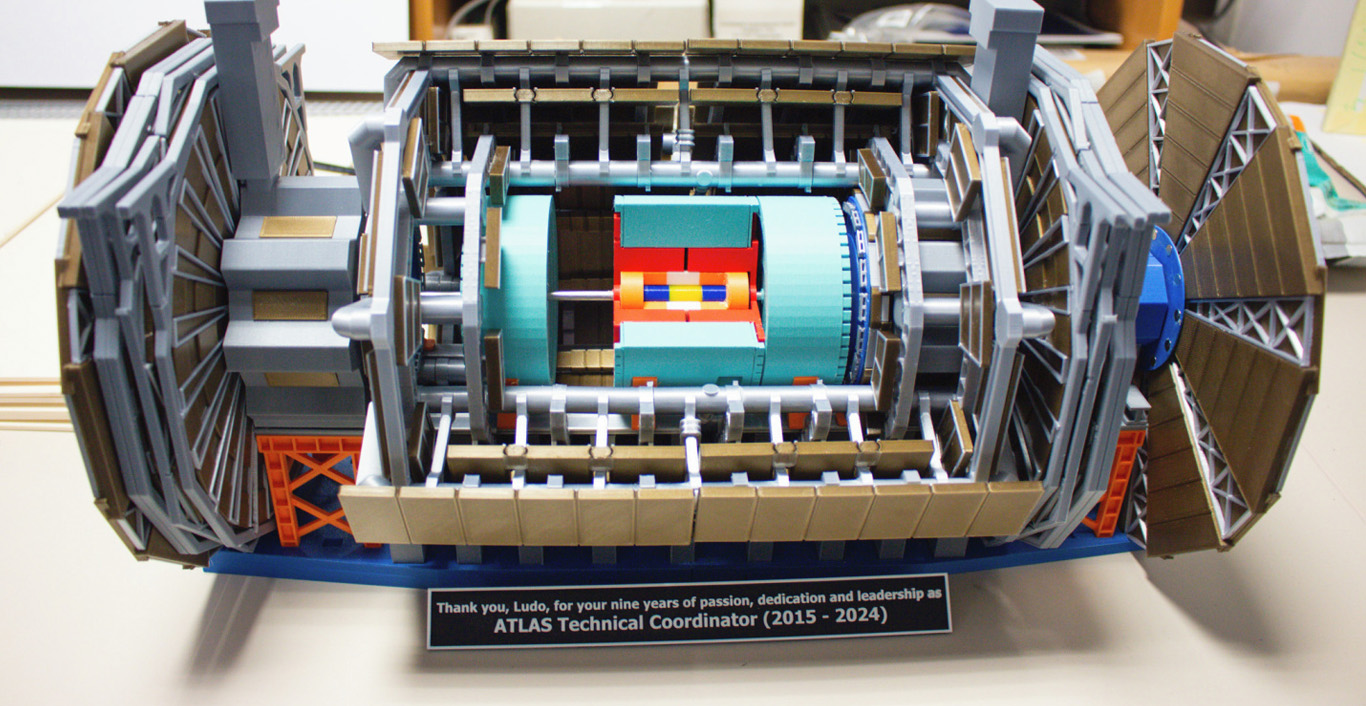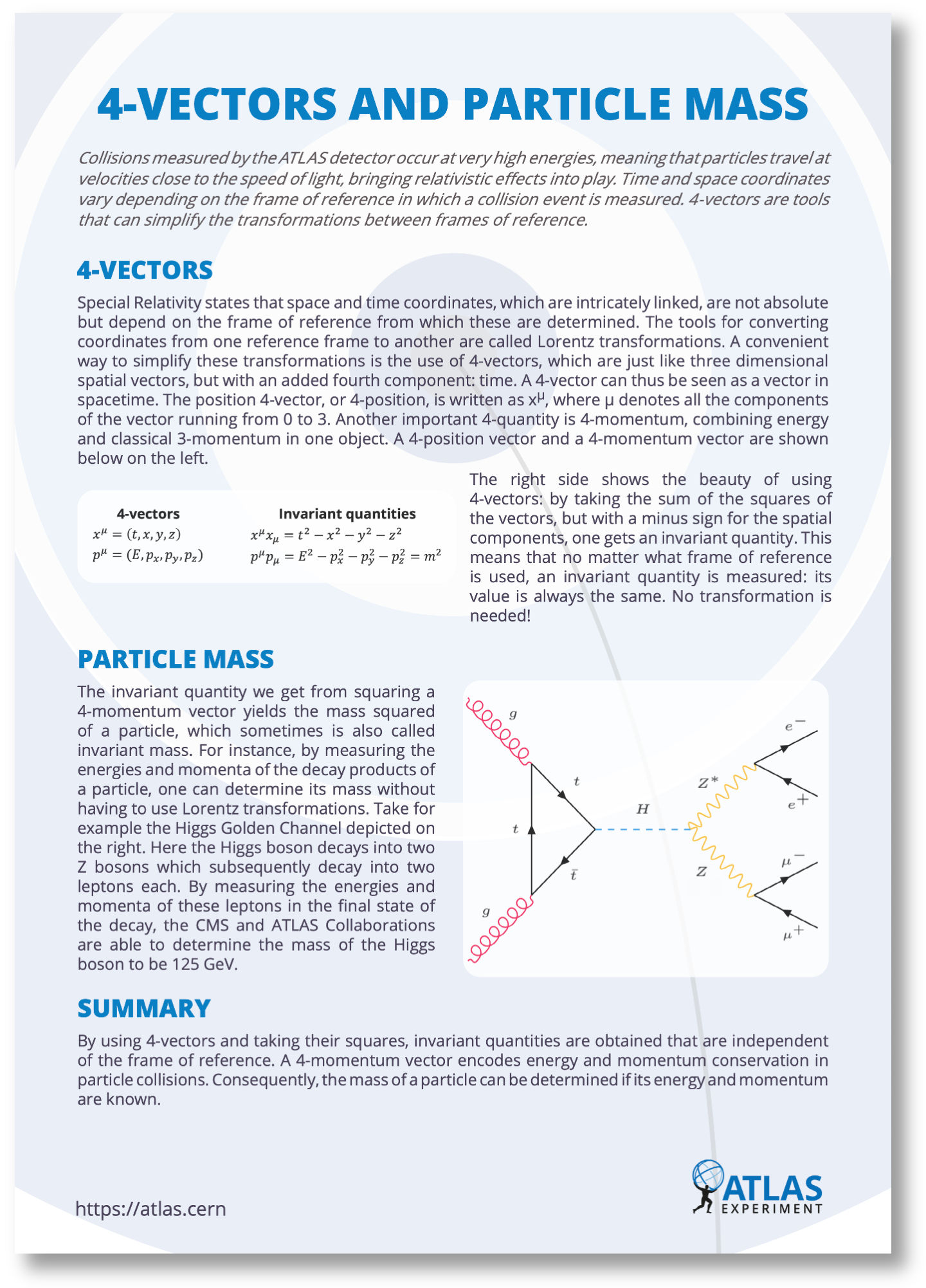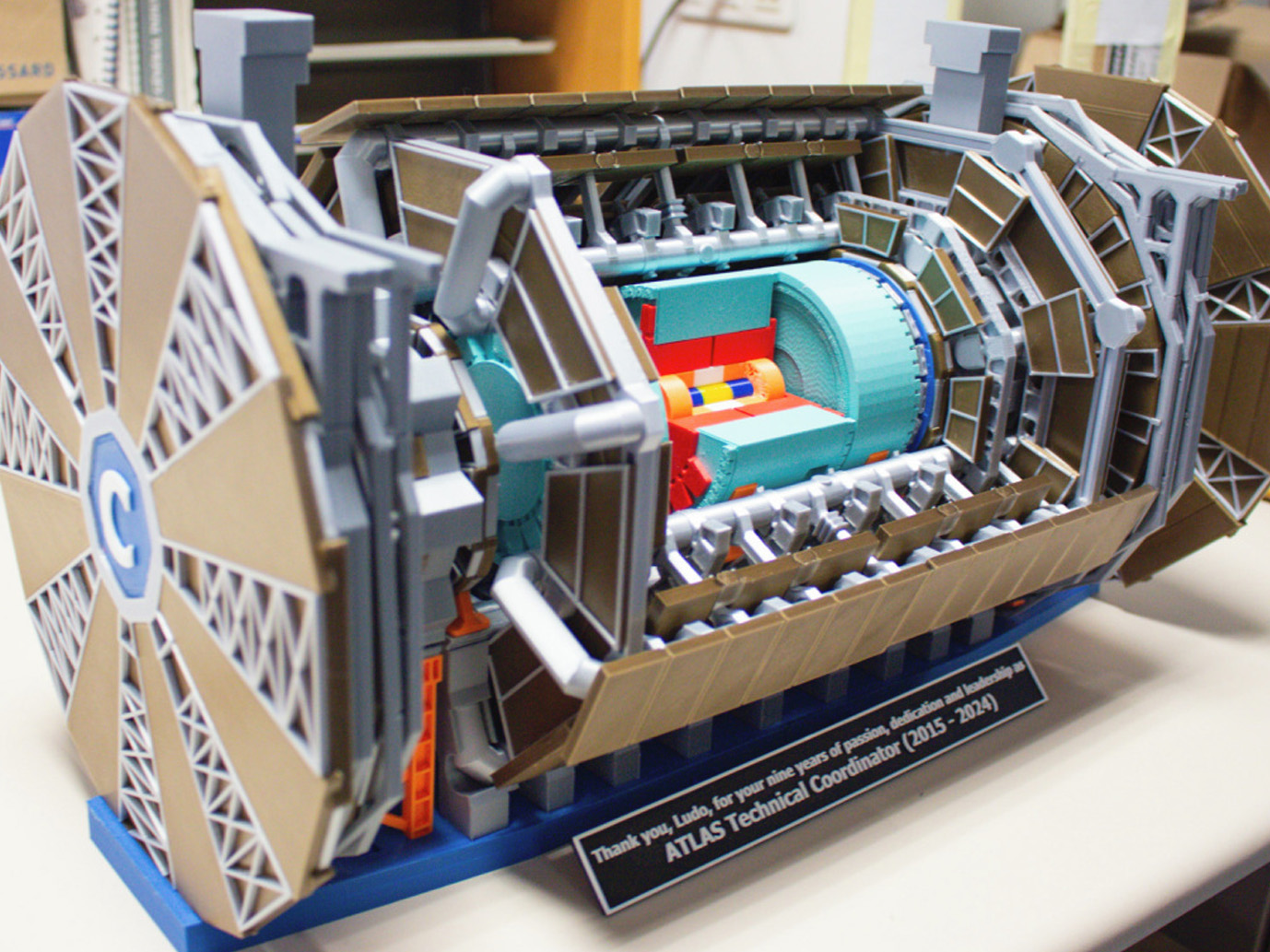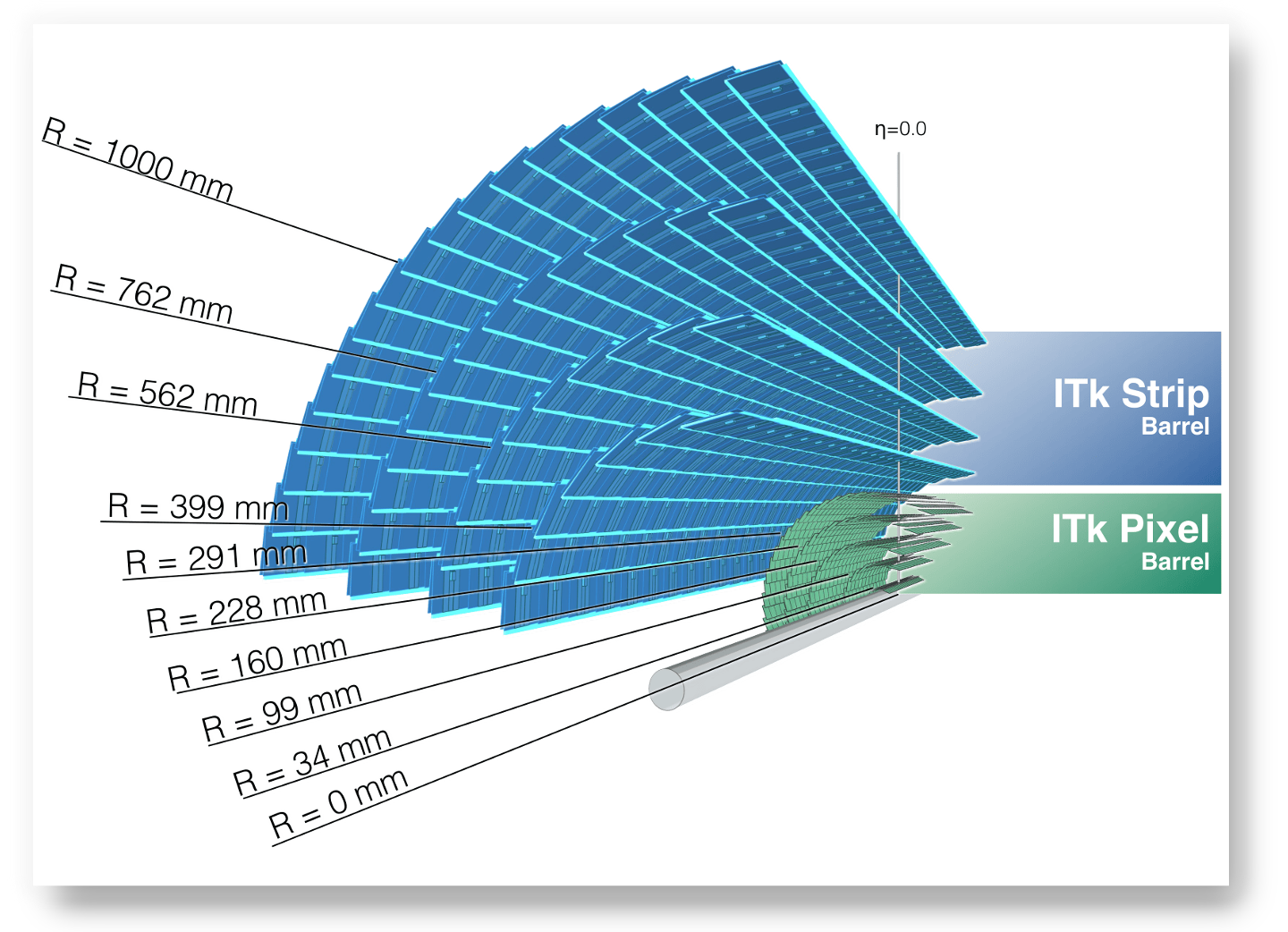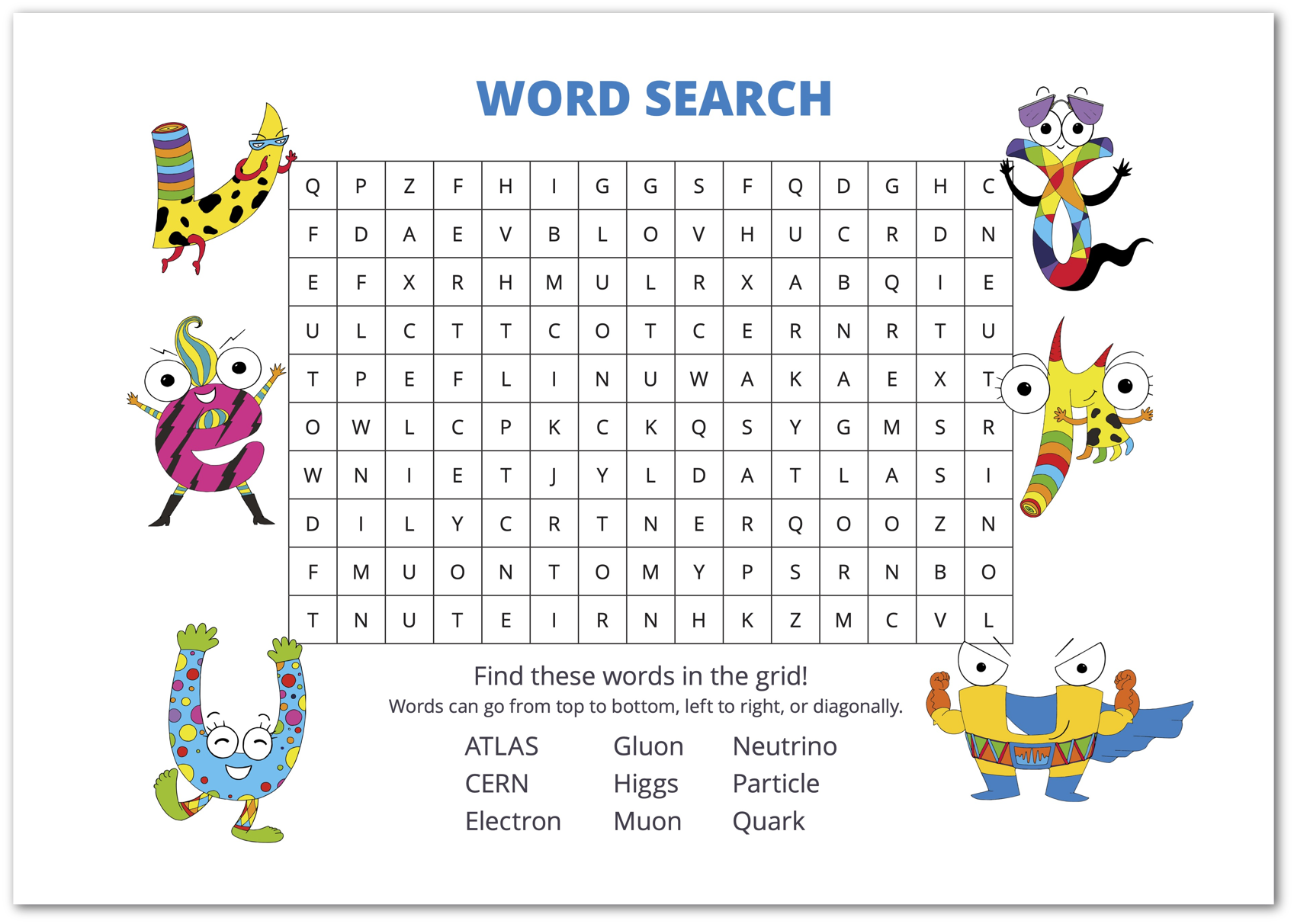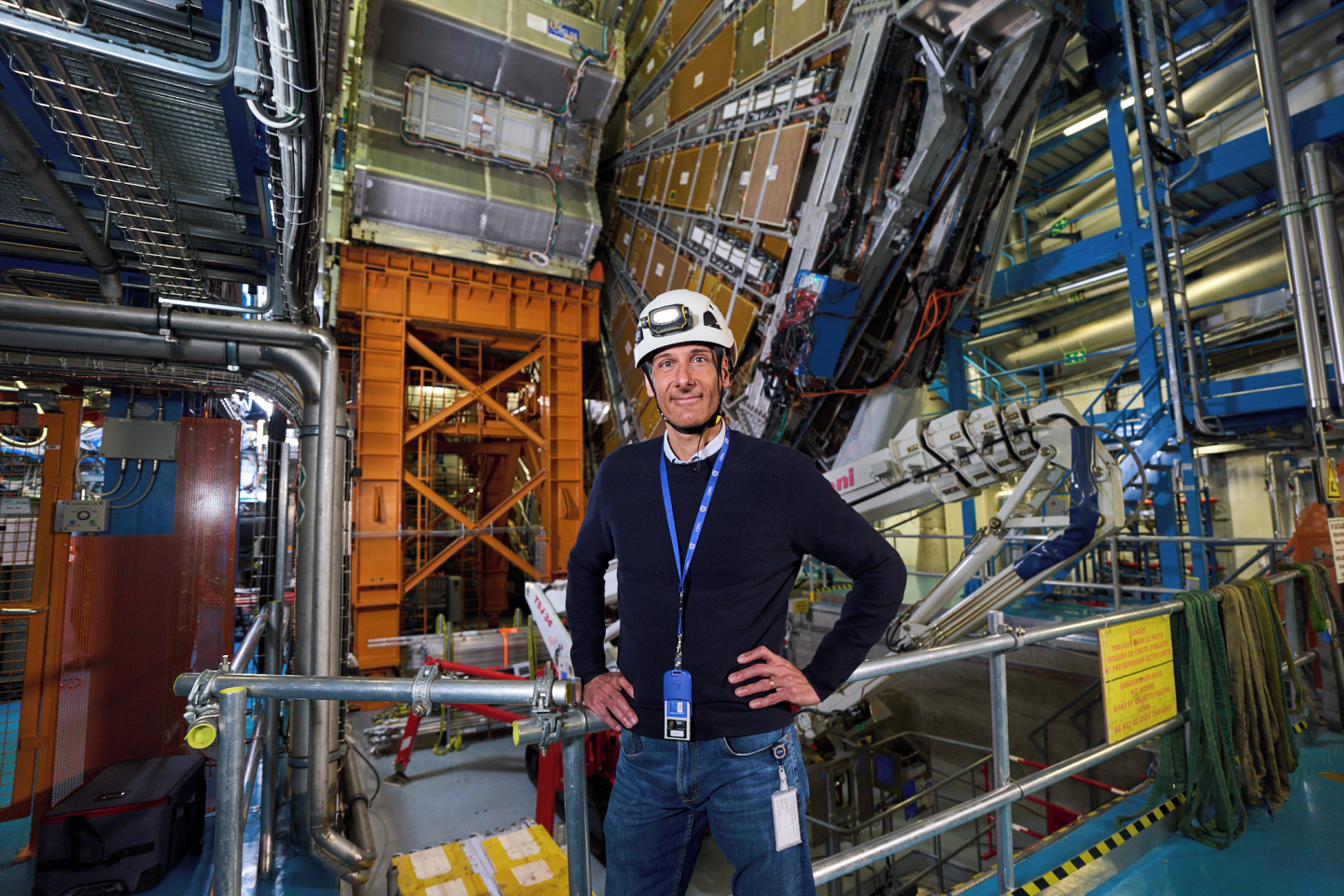As part of regular ATLAS Monte Carlo (MC) production, commissioning of new event generator setups, or during a specific physics analysis, extensive comparisons of ATLAS data with the predictions of MC event generators are performed, and generator parameters are tuned to data. Interactions with the authors of MC event generators or related phenomenological tools (referred to as "MC authors" below) can be useful to speed up the process of understanding the data and the generator modeling. This may also require a prolonged collaboration between authors of a specific generator and ATLAS collaborators. In this context, it can be important to discuss internal plots and results on collision and/or simulated data with MC authors. The procedure described here addresses such cases.
Guidelines
A better understanding of some processes being measured by ATLAS may benefit from early interactions (i.e., before results are published) with certain MC authors; such discussions may entail the need to show ATLAS-internal results. Physics groups can request permission from the Physics Coordinator to do so with selected MC authors; the decision to allow this special status should be made in consultation with the Physics Modeling Group (PMG). Such authorization for interactions with MC authors is granted for a period of up to two years, which may be renewed as necessary. The PMG convenors and relevant subgroup conveners should be informed regularly about the progress of the interaction.
Preliminary generator-level results produced with the ATLAS framework and/or ATLAS simulated data can be discussed confidentially with the MC authors. The plots and results discussed with the MC authors must have been endorsed by the Physics Coordinator if they contain unpublished ATLAS data, to ensure that the results are solid and stable enough, and that they are not of a sensitive nature. In such cases, the MC authors with whom discussions about internal material are undertaken are formally asked (through an email from the Physics Coordinator or a delegate) to maintain confidentiality about these discussions. In no case will direct access to ATLAS data be given.
The Physics Coordinator maintains a record of ongoing MCI projects. That record is made available to the collaboration.
MC authors interacting with ATLAS may be acknowledged in the relevant paper(s) if they have made significant contributions. Exceptional authorship may be granted for PUB notes. If, along the course of the interaction, it becomes clear that exceptional authorship will be requested for a CONF note or a paper, a Short-Term Association (STA) should be requested.
